The Kingway Beer factory’s long journey from beer to culture

From brewing beer to brewing culture: one can be as intoxicating as the other. In 1985, Kingway Beer was born. Shenzhen’s first homegrown beer hit shelves five years later, thanks to its large factory site in the city’s Luohu District. As the city grew, welcoming millions of migrants from across the Chinese Mainland, the beer grew alongside it. The catchy jingle said it all: “Come to Shenzhen, drink Kingway.”
And while you can still get a can of Kingway anywhere in the city, the brewing of the beer itself moved from Luohu in the mid-2010s. But a different fate was in store for the one-time factory site. Over the course of a decade, the former Kingway brewery was upgraded and transformed into a cultural and creative landmark – one which puts preservation and history first. In 2022, the revamped brewery – now known as GDH City Jinpi Fang – was unveiled at the ninth edition of Shenzhen-Hong Kong Bi-City Biennale of Urbanism/ Architecture. Like the beer before it, the project has become a hit – and proof positive of the power of sensitive urban renewal.
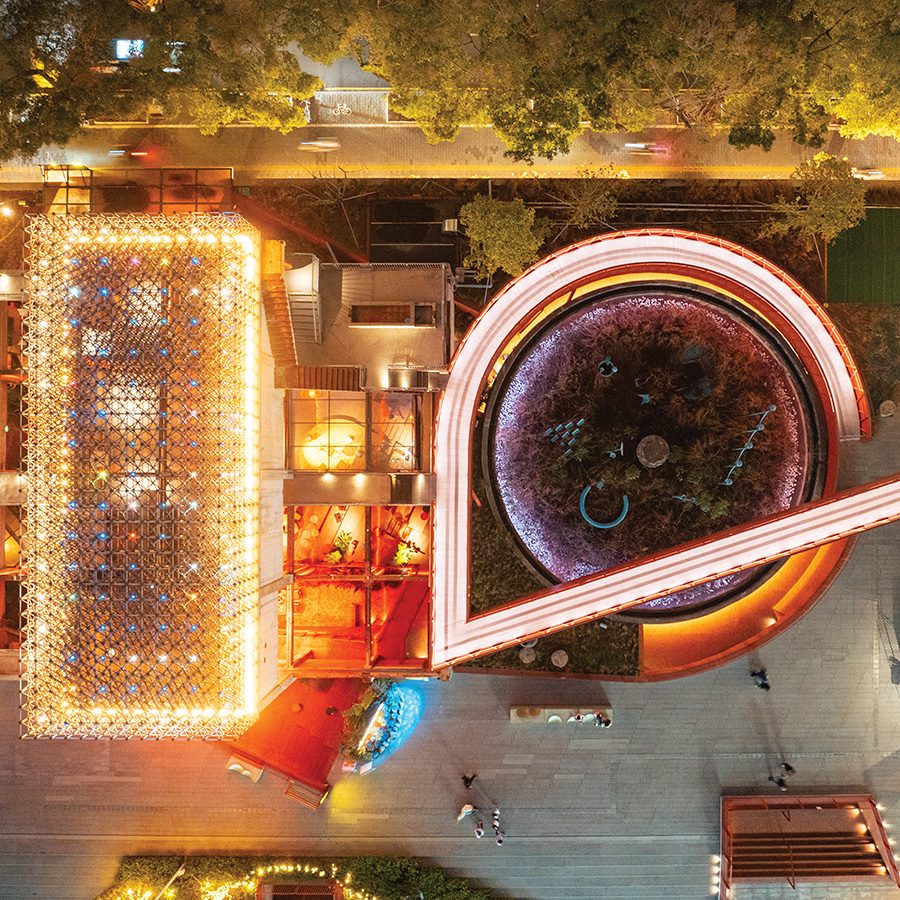
Credit: Hym Chu
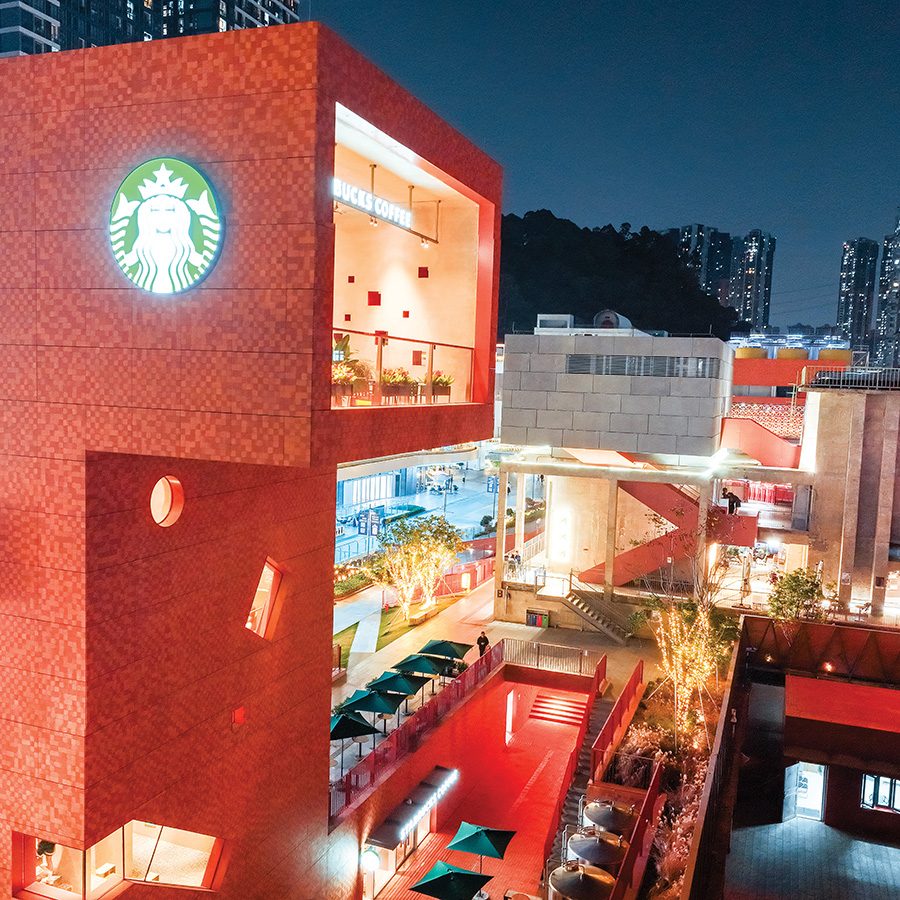
Credit: Hym Chu
A haven in the hustle
The success of the project and its enduring popularity are more than beer froth. The revamp was led by Shenzhen-based architecture firm Urbanus, which had previously transformed the city’s OCT-Loft creative culture park and Nantou Old Town. Their approach was to preserve the memories through the transformation of these industrial remnants. “We proposed the concept of Made on Site,” says Meng Yan, principal architect at Urbanus. “The aim was to retain the brewery’s architectural aesthetic value, as well as the memories and characteristics of its original era – in turn becoming a showcase of the city’s spirit.”
Zhang Haijun, who managed the project at Urbanus, guides me through the 11,000sqm site. It feels like a sanctuary amid the chaos of Shenzhen life. Metal roofs cast kaleidoscopic shadows; a three-storey coffee shop juts out overhead like the Loch Ness Monster; a giant maze formed of industrial barrels offers up a surreal journey in the heart of the city.
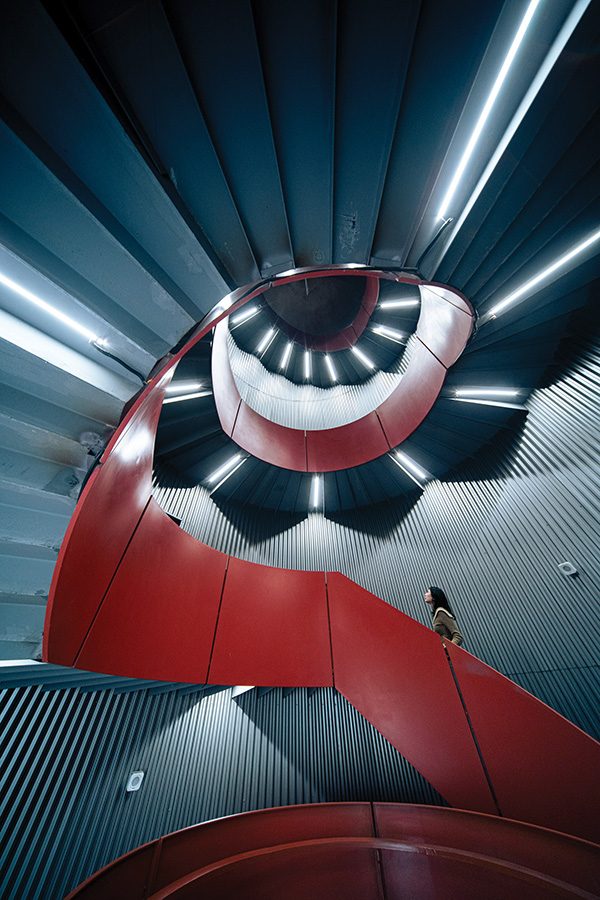
Credit: Hym Chu
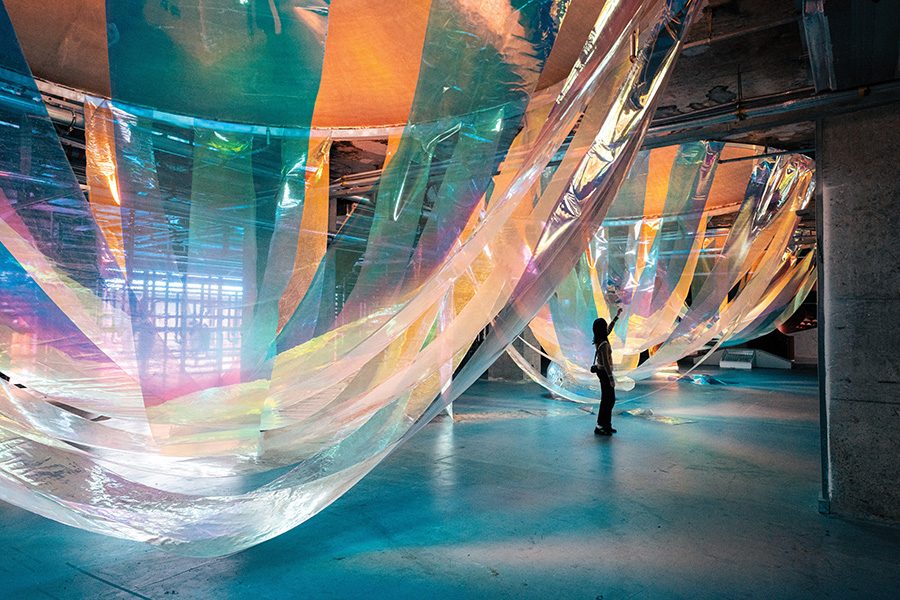
Credit: Hym Chu
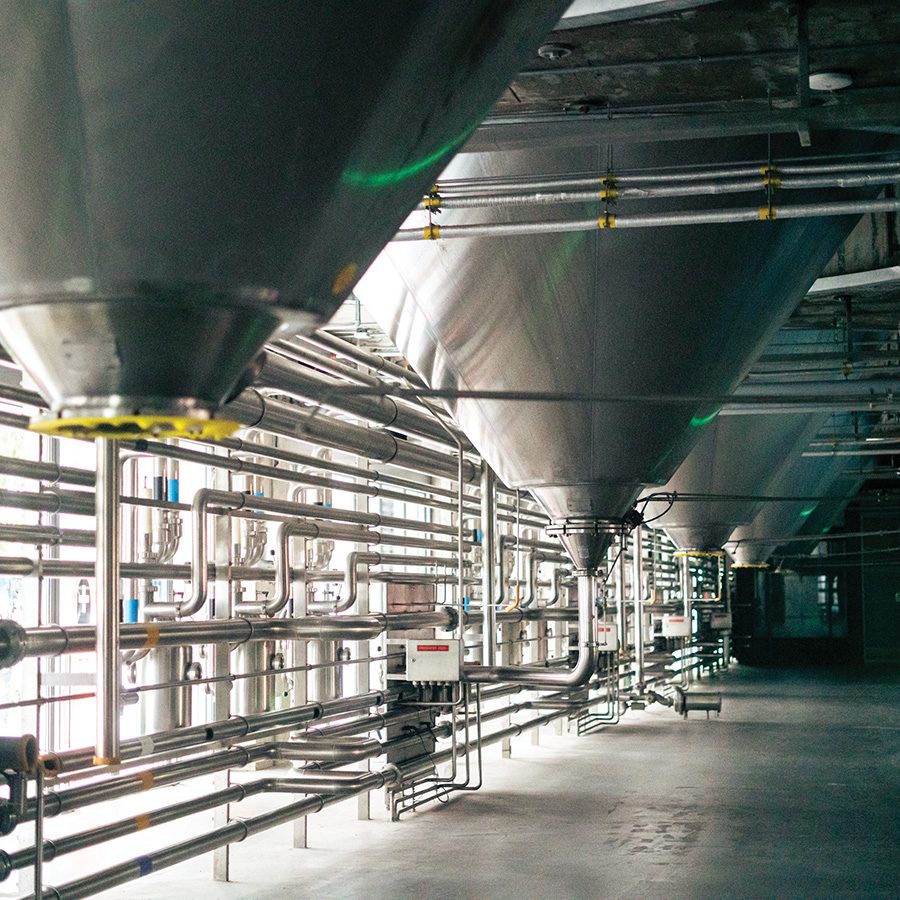
Credit: Hym Chu
The site features a subterranean walkway, a tunnel back through time that divides the area into four main spaces: A, a water tower converted into a viewing platform; B, an exhibition space built on top of a waste water station; C, a one-time aeration tank turned into a large-scale installation artwork; and D, a lecture and event space created from former fermentation tanks. “We reorganised the base to serve as a cultural space and a stage to display the industrial architecture,” explains Zhang. “On top is an outdoor exhibition area connecting the buildings, while the interior combines underground spaces to create a spatial narrative, guiding people through these diverse cultural activities.”
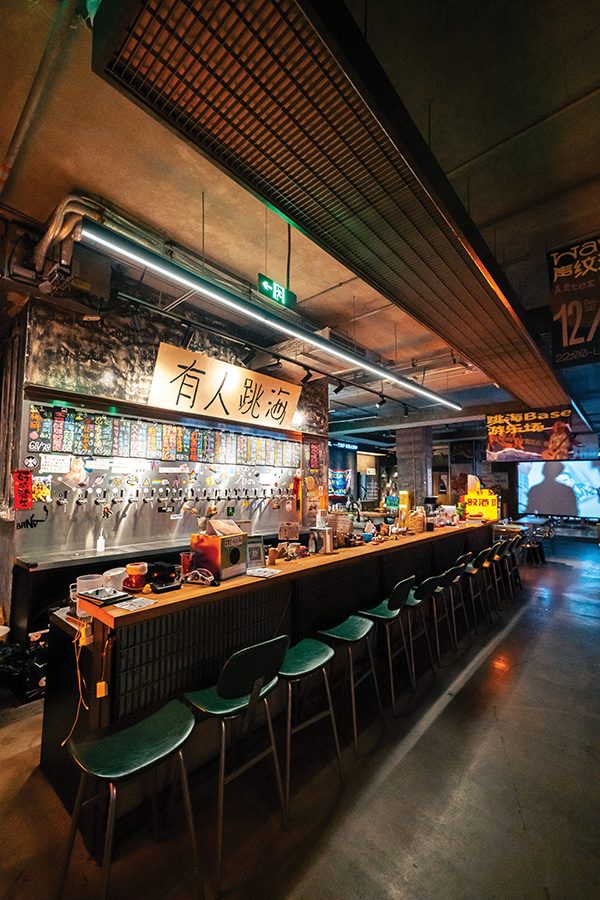
Credit: Hym Chu
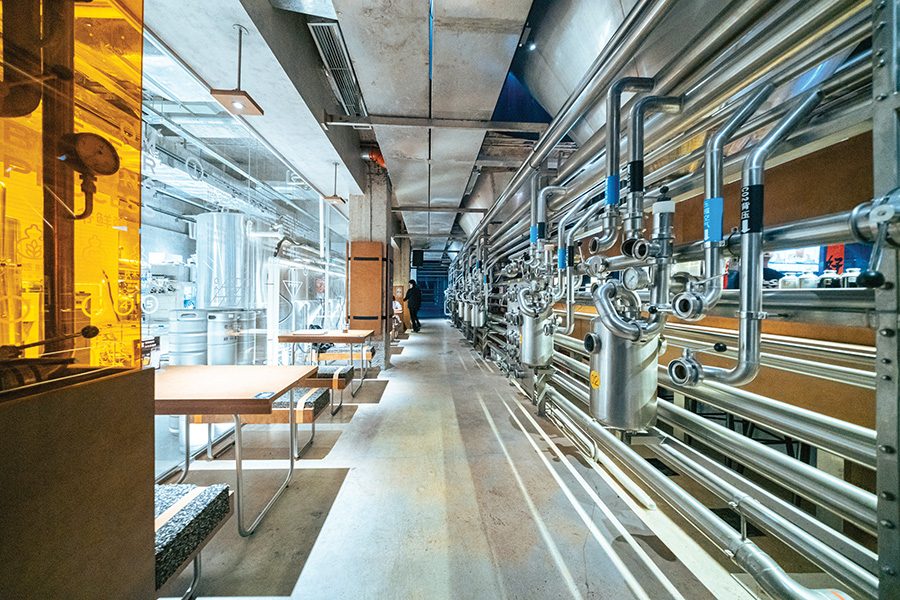
Credit: Hym Chu

Credit: Hym Chu
Renewal and remembrance
Above ground, the sun is intense, but the underground courtyards offer a cool breeze. Surrounded by remnants of the past – winding metal pipes, instrument panels, switches and massive brewing equipment – there’s a distinctly steampunk vibe, with a touch of Star Wars too. Climbing up to the A tower, we take in a panoramic view from the terrace of what’s now a Starbucks. It feels as though we’re in an ancient space station: the huge windows in front of us could turn at any moment into a universe of stars. But instead of cold steel, warm red terracotta is the dominant note throughout the site, radiating rugged industrial beauty.
The central buildings B and C, carved from beer sedimentation tanks, offer leisure spaces, including Tiao Hai bar, a barbeque bar and Kuddo Coffee shop. A circular path leads from underground to the ground level, connecting to two square exhibition spaces: one hosts the work of young Chinese artists; the other is crowned with a roof of interlocking aluminium rods – a giant sculpture that plays with light and shadow like a beer in a spotlight.
In the D building, Old Masters Fresh Brew is part- restaurant, part-beer museum, in which visitors can explore the brewery’s golden days while savouring
a cold brew surrounded by the aroma of fresh hops and malt. The walls retain the brewery’s old mantra, framed against white and accented with red bricks: “Brewing the People’s Favourite Beer”.
As you wander, you’ll notice the brewery’s lighting, exposed pipes on the walls, raw concrete components, white tiled walls and stainless steel barrels – industrial architectural elements that have been largely preserved. It’s an approach that artfully bridges the old and the new. Take a moment to appreciate the specially commissioned terrazzo floor tiles underfoot, which intriguingly incorporate shards of old beer bottles, lending them a distinctive sparkle. Moreover, the walls’ patchy and damaged white tiles have been restored using the Japanese kintsugi technique, transforming them into streams of flowing gold.
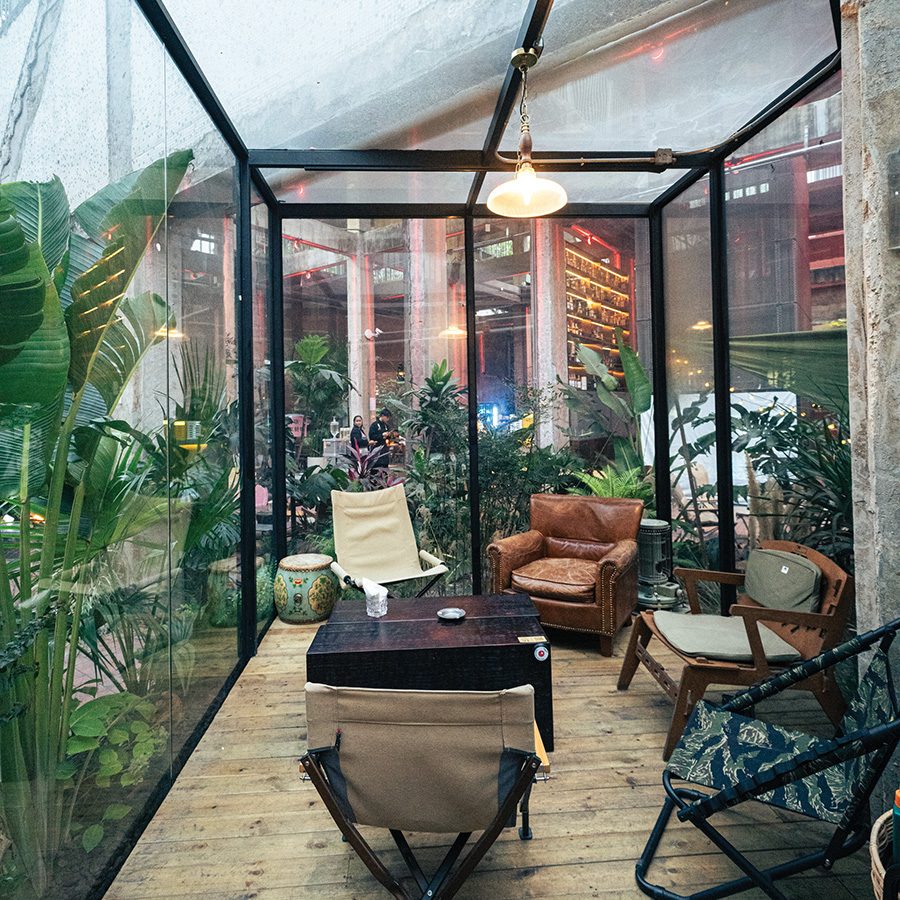
Credit: Hym Chu
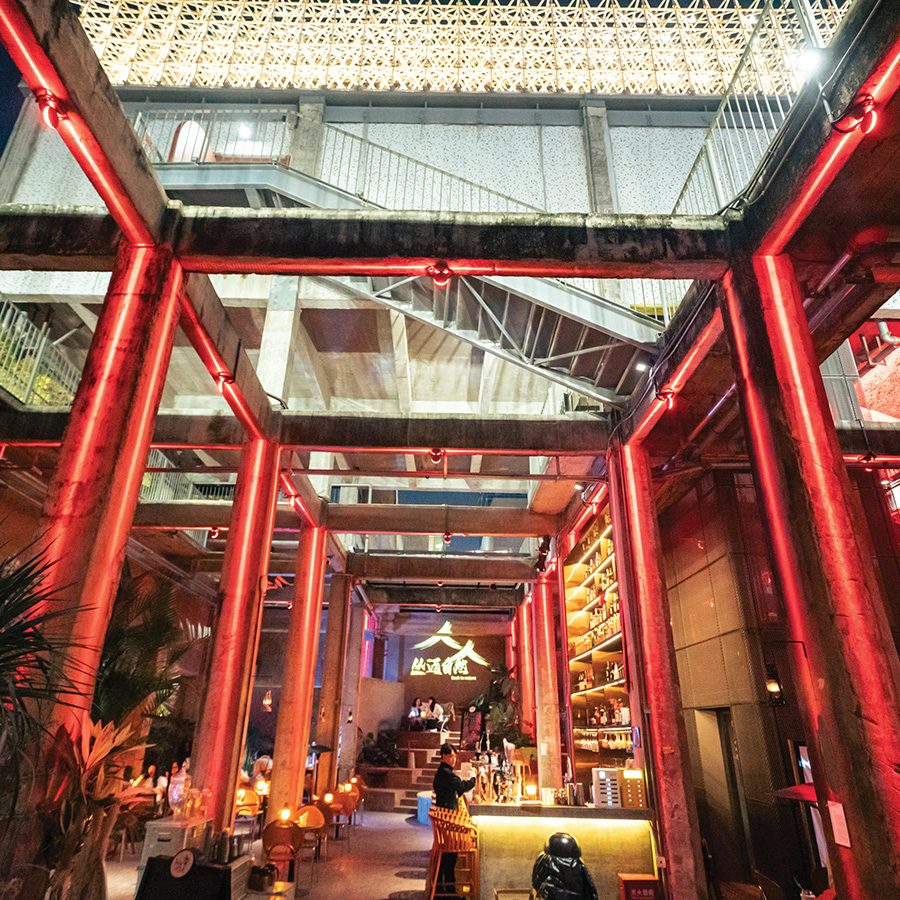
Credit: Hym Chu
At the end of the area, 29 neatly arranged fermentation tanks create a maze-like pathway for visitors to explore, with a space in the centre cleared to form the Barrel Warehouse Forest Theater. It’s a sci-fi-esque setting for artistic creations and exhibitions alike. “Industrial relics should not merely become consumer goods of the post-industrial era,” Zhang tells me. “The concentrated urban memories they embody should be unearthed, developed and amplified, continually sparking new creativity.
“In creating endless new possibilities, they are reborn.”
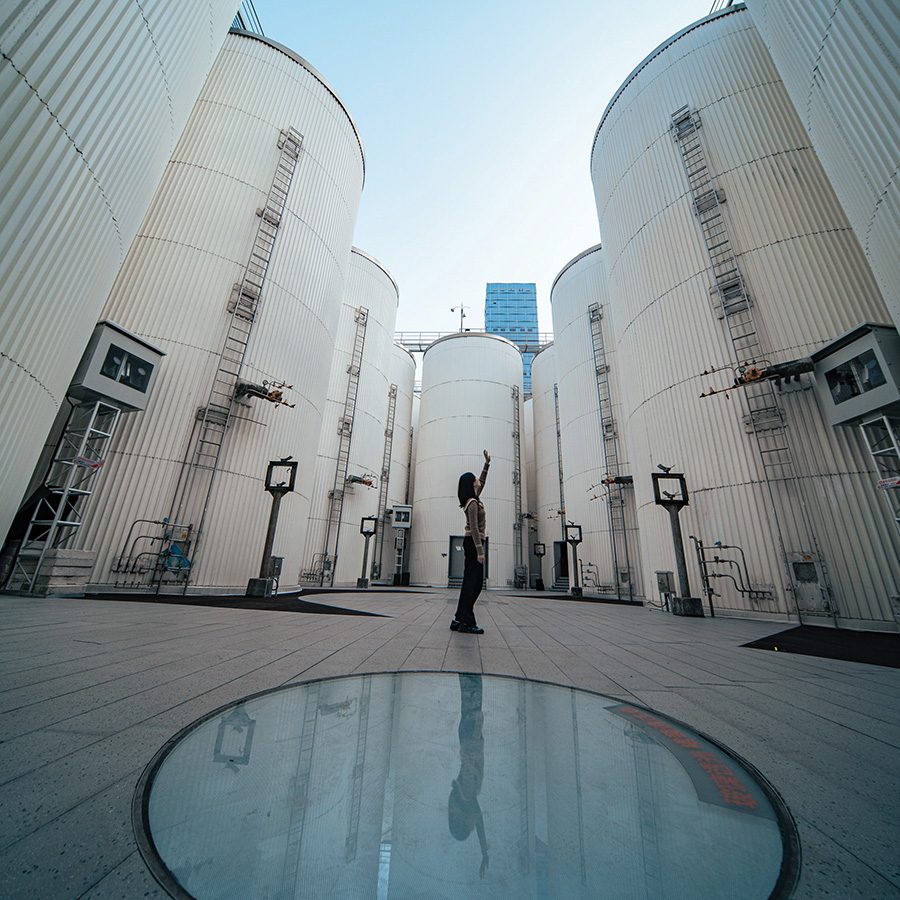
Credit: Hym Chu
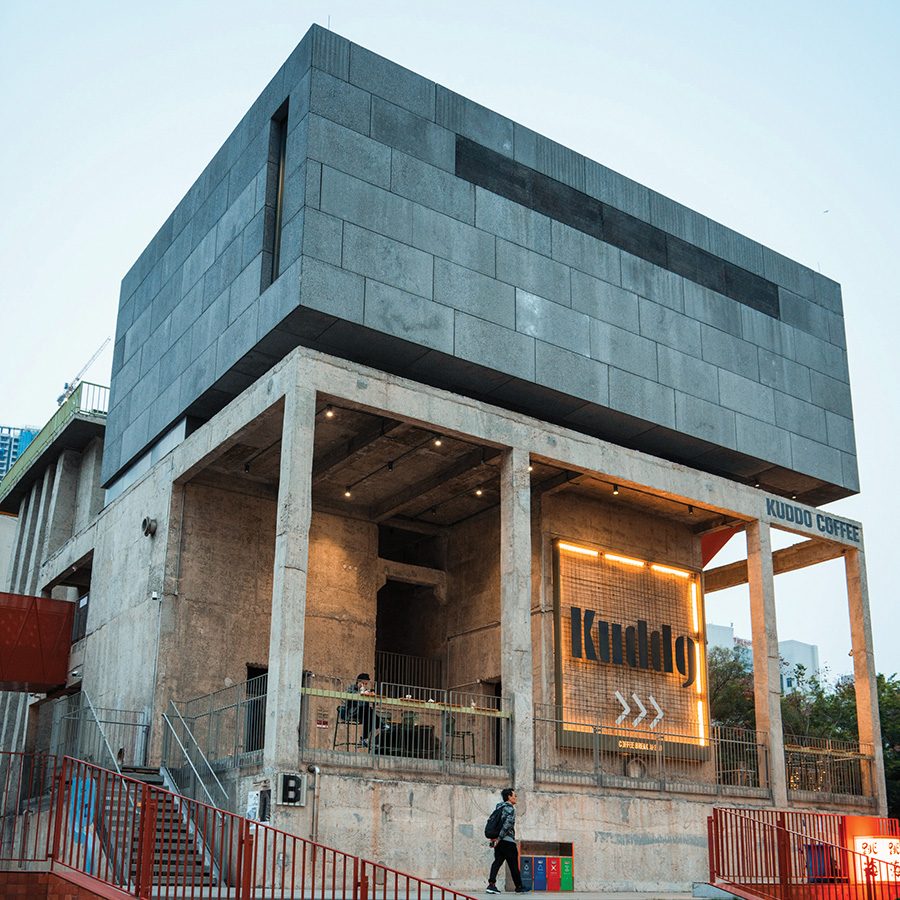
Credit: Hym Chu
Getting there
Take Shenzhen Metro Line 7 to Tai’an Station. GDH City Jinpi Fang is a 400-metre walk from Exit E.
More inspiration
- China – the Chinese Mainland, Hong Kong SAR, Macao SAR and Taiwan Region
- Hong Kong SAR - English
- Chinese Mainland (China) - English
- Taiwan, China - English
- 香港特別行政區 - 繁體中文
- 中国內地 - 简体中文
- 中國台灣 - 繁體中文
- Africa
- South Africa - English
- Americas
- Canada - English
- Canada - Français
- United States - English
- Asia
- Bangladesh - English
- Korea - English
- Singapore - English
- Cambodia - English
- 한국 - 한국어
- Sri Lanka - English
- India - English
- Malaysia - English
- Thailand - English
- Indonesia - English
- Maldives - English
- ประเทศไทย - ภาษาไทย
- Indonesia - Bahasa Indonesia
- Myanmar - English
- Vietnam - English
- Japan - English
- Nepal - English
- Việt Nam - tiếng Việt
- 日本 - 日本語
- Philippines - English
- Australasia
- Australia - English
- New Zealand - English